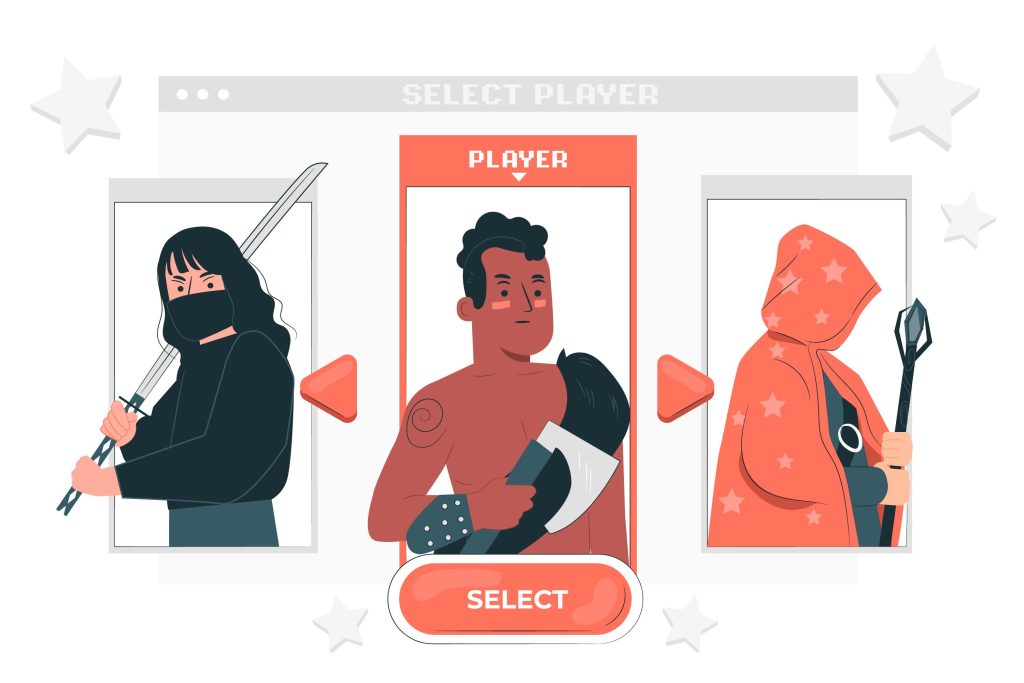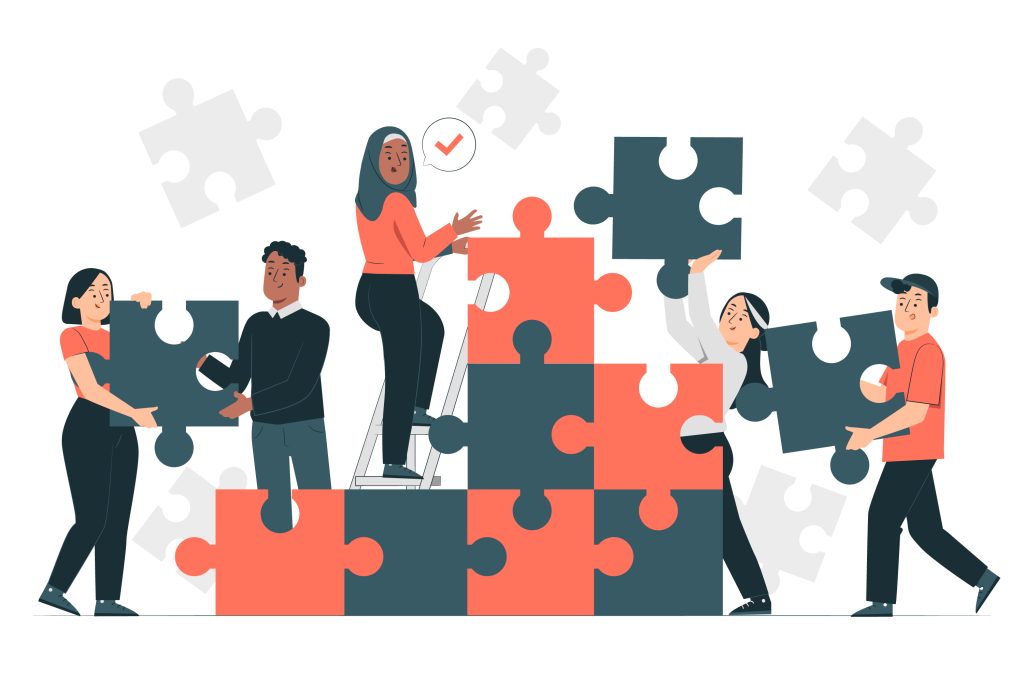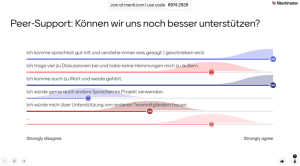Planning a VE
By the end of this online module, participants:
- will be able to make an informed decision about how to define and relate goal setting, learning outcomes, and VE activities to each other.
- will be able to identify and articulate clear goals and learning outcomes, keeping in mind the difference between content and learning outcomes.
- will be able to articulate learning outcomes that focus on skills related to graduate attributes and global competence
1. Introduction
This online learning module focuses on planning a Virtual Exchange (VE). You will learn about goal setting in a VE collaboration, followed by the importance of defining learning outcomes in a VE as well as clearly aligning them with non-content skills related to graduate attributes and global competences. Finally, the module walks you through curriculum development, selection of appropriate technology, and activity design for VE.
Before diving into the individual sections, this introduction shall provide some basic definitions and considerations that shall be kept in mind throughout all phases of a VE, that is throughout the planning, the implementation and evaluation phases.
1.1 The role of teachers and students

VE projects demand significant time and effort from facilitators, much more than a regular classroom. In addition to designing the VE or assessing learning outcomes, facilitators are active participants who play a vital role in implementing and moderating the VE (O’Dowd & Dooly 2020). Specifically, they guide and support the students throughout the exchange, particularly with respect to communication (cultural and linguistic differences that may arise) and reflection (O’Dowd & Dooly 2020).
Students are the primary beneficiaries of VEs as long as they (can) actively engage. Therefore, they are peer educators in that they teach and learn from their partners. Furthermore, students take on an important responsibility in that they act as representatives of their own universities and cultures, sharing information with their peers that is often a big part of a VE group project. In this context, students, too, play an important role that is essential to the success of the VE and their own learning curves.
Moreover, students are responsible for their own learning, participating in discussions, completing collaborative tasks, and reflecting on their experiences. Studies by Helm (2025) and Guth & Helm (2010) demonstrate that students who take ownership of their learning in these exchanges tend to develop stronger intercultural communication skills and a better understanding of global issues. Sharing knowledge, providing feedback, and supporting the learning of their peers, students contribute to a collaborative learning environment where knowledge is co-constructed.
Finally, O’Dowd (2018) and Rubin (2017) highlight that the effectiveness of virtual exchanges largely depends on students’ active participation and willingness to engage deeply with the content and their peers.
To exemplify the importance of both teachers’ and students’ roles, consider the following example. Consider a VE between business schools from four countries focused on sustainable consumption and production. A student group consists of at least one student from each country. As part of their project, students act as experts for their respective nations, taking on the important role of teaching their peers about sustainable strategies in a local company. To complement this, teachers set up frequent live meetings with the individual student groups to check up on their progress and to provide them with opportunities to clarify and discuss any issues.
Therefore, starting during your VE planning phase, you and your partners should keep in mind the various roles you and the students will take on. Students’ roles should influence your project and activity design (see respective sections below). However, let the following guiding questions help you define your and your partners’ roles:

Questions to help you define your and your partners’ roles:
- What are your individual responsibilities in the planning and implementation phases?
- What does my role as facilitator in the VE entail?
- What can we expect from each other in terms of time commitment and support for students?
- How do we communicate our roles and responsibilities to the students?
- How do we collaborate and communicate with each other during the VE?
1. Activity
Put your newly acquired knowledge to the test with these questions.
1.2 Types of collaboration
There are typically three types of collaboration found in a VE, each of which are described and exemplified below (cf. SGCL 2024a).



1. Complementary Expertise within the Same Disciplinary Area.
2. Complementary Interdisciplinary Expertise.
3. One-way / one-directed expertise
This model involves partner institutions that specialize in the same discipline, providing complementary perspectives on shared tasks. For example, in a virtual exchange between Swiss and Chinese universities focusing on urban architecture, students can collaborate on urban space management. Swiss students may offer insights into sustainable design practices, while Chinese students can share their experiences with rapid urbanization. In such a VE, students gain a broader understanding of their field and learn to appreciate diverse approaches to similar challenges.
In this model, institutions specialize in different disciplines or areas within the same discipline, allowing for interdisciplinary collaboration. For example, German students with software programming skills collaborate with US engineering students specializing in leadership. The US students manage projects while the German students provide the necessary technical solutions. This collaboration fosters innovation and creativity, as students learn to integrate different skill sets and perspectives to solve complex problems.
In this model, students from one institution engage in a project benefiting the other institution, its students, or its community a bit more. For example, in a VE between future teachers of German as a foreign language and students of German, the latter will directly benefit from the peers’ expertise. In another example, French students work on a project aimed at improving water access in a partner institution located where such access is limited. This institution as well as its local community benefits from the solutions developed, while the French students gain valuable insights into the challenges faced by their peers in different cultural contexts. Depending on the partner institutions and the nature of the projects, this type of VE might contribute to developing a sense of global citizenship and cultural awareness, enhancing empathy and an understanding of global issues.
Identifying the type of collaboration that you and your partners strive towards will help you define the overall purpose and goals you are pursuing with your VE (more on that in the following chapters).
All illustrations on this page by @storyset (https://www.freepik.com/author/stories)
This work © 2025 by Sandra McGury is licensed under CC BY-NC-ND 4.0
